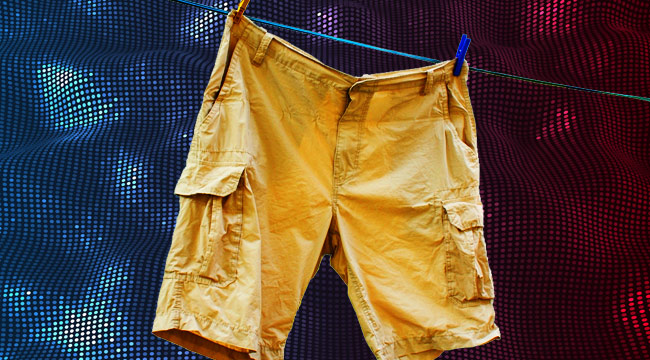
When Zac Galifianakis hosted Saturday Night Live back in 2011, he did an impression during his monologue called “Guy from Queens who’s obsessed with cargo shorts.” The whole bit was one line (not counting the setup), in which Galifianakis said, in a thick Queens accent, “What are those, cargo shorts?” Only Galifianakis could properly sell a joke like that, but it hinted at where cargo shorts were headed in the eyes of our cultural zeitgeist.
Today, cargo shorts are so widely loathed that they serve as their own punchline — yet they can still be found everywhere, from clothing store racks to big-box retailers to online shopping sites. They accounted for more than $700 million in sales back in ye’ olde days of 2016, and that’s after their first dip in sales in more than a decade. Not bad for some shorts that cost between $20-$30 a pair.
Still, ubiquitous as they are (and have been), you’ll be hard-pressed to find another article of clothing for which the simple utterance of its name can create divisive rancor, ruining dinner parties and turning friendships sour. In the “garments that can start arguments” category, “the dress” has nothing on a pair of “cargos.” To try to fathom how we arrived at this contentious place, here’s a look at some key moments in the history of the reviled garment.
1940s
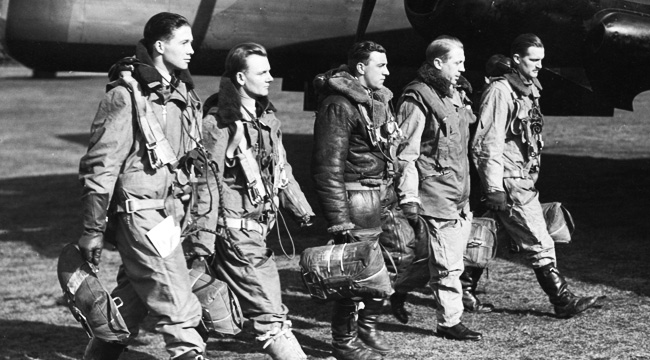
Before they became a running gag, cargo pants were first worn by members of the British infantry in 1938 and were introduced to American soldiers in the early 1940s, by the time the US entered WW2. The large pockets were modified slightly for the US Paratrooper division, used for storing maps, rations, and extra ammunition. They were kept in use by the military, later made with larger pockets as the troops were required to wear more and more gear.
Then came the inevitable trickle-down effect. Veterans brought these cargo pants home with them, and they circulated into street fashion by subcultures fond of shopping at military surplus stores.
1980s

This was the decade that cargo shorts really came into their own. Keeping the utility of the oversized pocket, but doing away with any fabric below the knee, they were marketed to aspiring outdoorsy types and at-home handymen. While they could be seen on golf courses and on hiking trails, they were years away from becoming a widely derided fashion staple.
Still, if you look back on the 80s, the rise of khaki shorts, in general, hinted at what was to come.
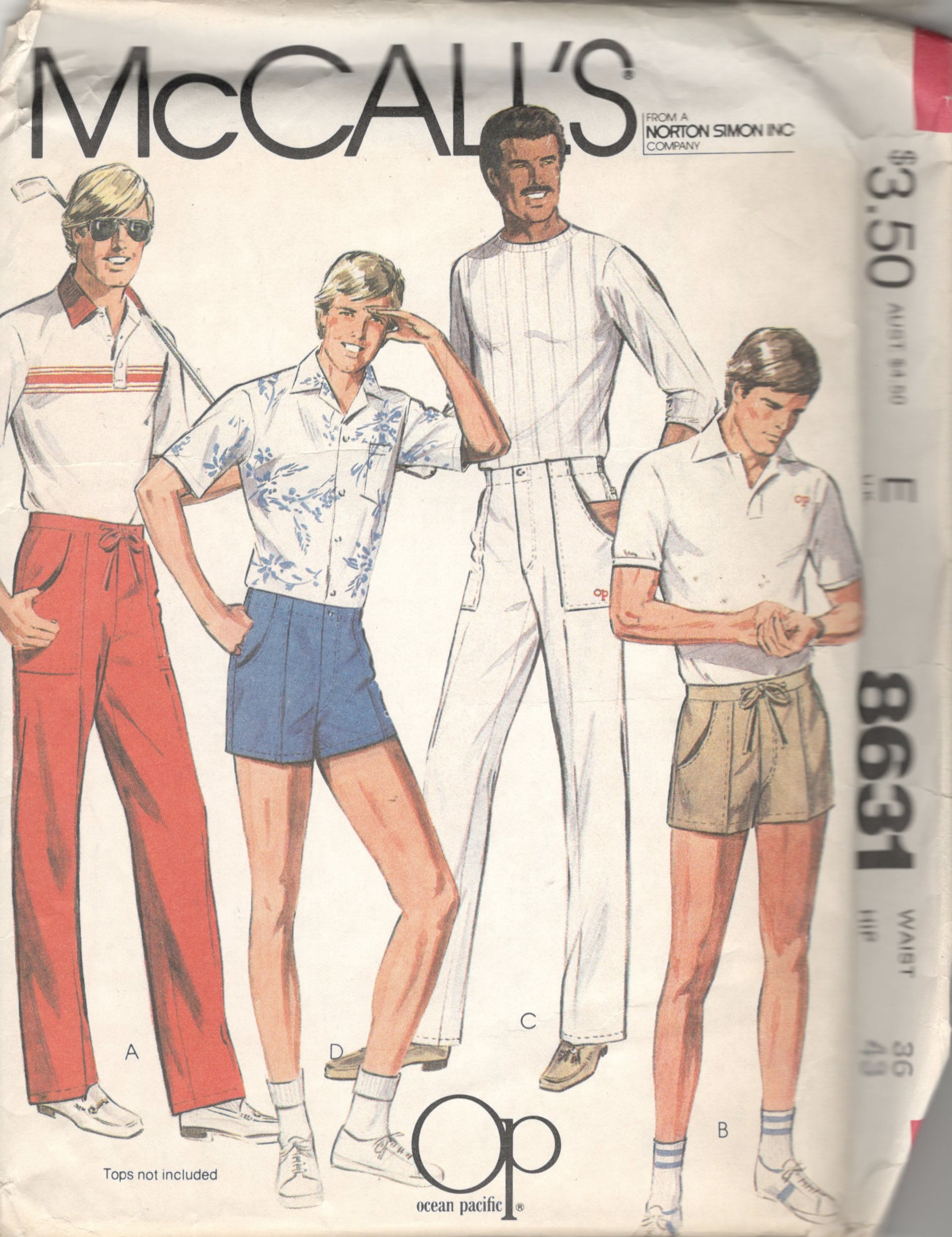
1990s

By the 90s, the shorts that evolved from utilitarian necessity had become unequivocally associated with lazy weekend wear. The pockets seemed to go empty and unused, but their shapeless simplicity drew the largely male demographic to them in droves.
Manufacturers like Gap, American Eagle, Old Navy, and Abercrombie & Fitch all got in on the action, and the 20th century came to a close with cargo shorts dominating high schools, college campuses, weekend getaways, and backyard gatherings the nation over. This was the clear pre-mocking peak: 1995-2001. The bro uniform du jour. Add some flip-flops and a button up and you were covered for summer.
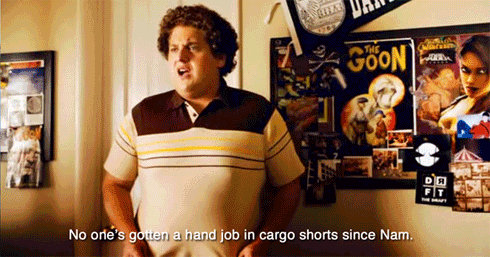
2000s

With a new millennium came a slimmer look to men’s fashion overall. While the unkept baggy look that defined the grunge-era was being swapped out for more form-fitting wear, cargo shorts seemed to linger. Even if they ended up stuffed away and out-of-sight in some drawer near the bottom of the dresser, the appeal of cargo shorts held on strong enough for the garment to maintain its popularity deep into the next decade.
This was also when having a cell phone would start to become the norm, which validated the existence of its oversized pockets. That might’ve given cargo shorts a newfound foothold, but much of their longevity is attributed to the idea that late Gen-Xers and early Millennials who wore them when they were in high fashion grew up and never got rid of them.
Joseph Hancock, who literally wrote his PhD about cargo pants in 2007, believed that these 90s-era teens didn’t evolve — at least where their wardrobe was concerned.
2010s
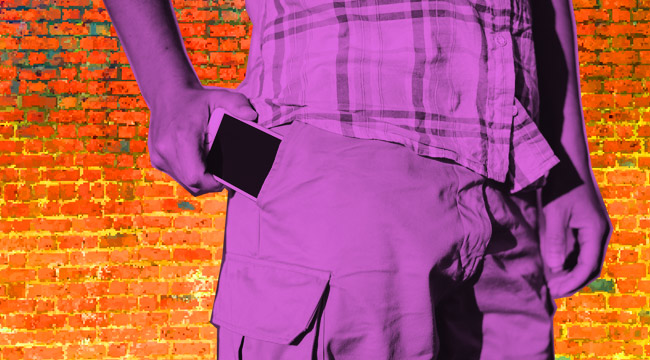
It was around 2015 or so when the increasingly heated conversation about cargo shorts took the spotlight. It started with an article in Wall Street Journal — focused on wives suffering in the presence of their husbands’ cargo shorts. The story went viral, and every other major news outlet from The New York Times to The Washington Post followed suit to weigh in on the fierce debate. It created a bit of a media frenzy, and while there were a few passionate defenses, most seemed thrilled to see the end days approaching. Everyone had an opinion on the matter, and it seemed like everyone was going out of their way to express it.
Seriously, even Netflix weighed in.
Today

The national conversation still continues, sometimes with an (arguably noble) intent to steer those loyal stalwarts of the one-time fashion staple toward a sleeker alternative, like chino shorts. But there’s still no shortage of buying options when it comes to cargo shorts, indicating there will always be some undying loyal factions that will hold out, despite the risk of them being deemed fashion pariahs.
Unlike the fanny pack, which make cameo appearances in candid celebrity photos and occasional Instagram posts, there are no real defenders of cargo shorts. Even Matthew McConaughey, who’s known to don a pair from time to time, still readily brings up their drawbacks when Craig Ferguson asked about them.
Nonetheless, it seems like cargo shorts are going to continue to be a staple on clothes racks for the time being. How long that lasts depends on whether or not the garment’s staunchest defenders are passing their beloved tradition to a younger generation.
